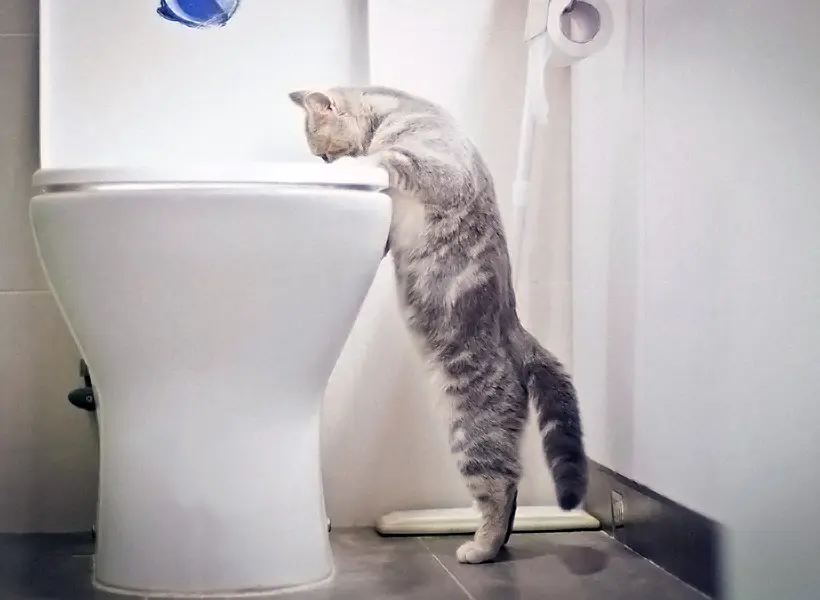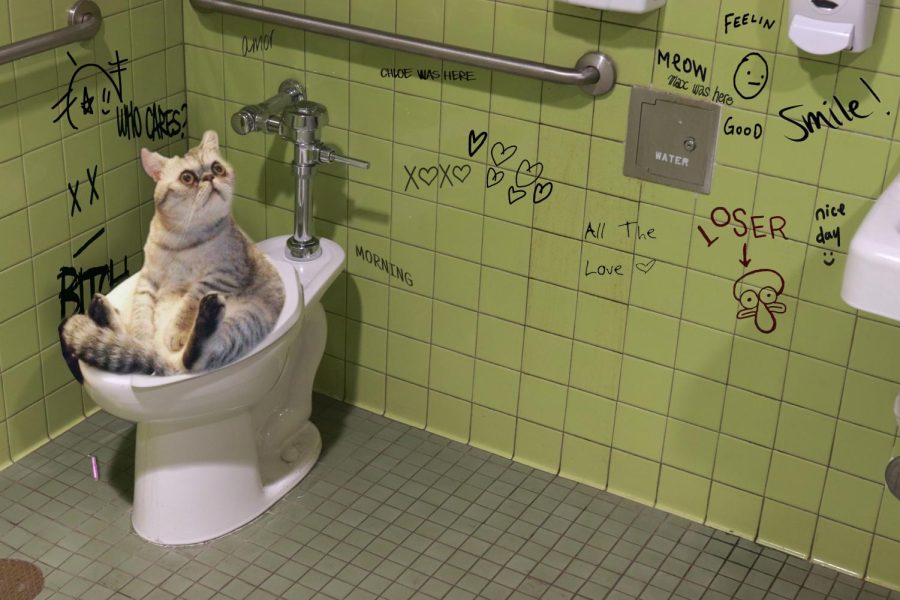What're your opinions on How to Dispose of Cat Poop and Litter Without Plastic Bags?

Introduction
As pet cat proprietors, it's important to be mindful of just how we throw away our feline pals' waste. While it may appear convenient to flush pet cat poop down the commode, this method can have destructive effects for both the atmosphere and human health.
Alternatives to Flushing
Fortunately, there are more secure and more responsible methods to take care of cat poop. Take into consideration the following alternatives:
1. Scoop and Dispose in Trash
The most typical approach of throwing away cat poop is to scoop it right into a biodegradable bag and toss it in the trash. Make sure to make use of a specialized litter scoop and take care of the waste quickly.
2. Usage Biodegradable Litter
Opt for naturally degradable cat clutter made from products such as corn or wheat. These litters are eco-friendly and can be securely taken care of in the garbage.
3. Bury in the Yard
If you have a backyard, think about burying pet cat waste in an assigned location far from vegetable yards and water sources. Make certain to dig deep enough to avoid contamination of groundwater.
4. Install a Pet Waste Disposal System
Buy an animal garbage disposal system particularly designed for pet cat waste. These systems make use of enzymes to break down the waste, reducing odor and environmental influence.
Health Risks
In addition to environmental worries, purging pet cat waste can also pose wellness dangers to human beings. Cat feces might contain Toxoplasma gondii, a bloodsucker that can create toxoplasmosis-- a potentially extreme illness, specifically for pregnant ladies and people with weakened body immune systems.
Environmental Impact
Purging cat poop introduces damaging virus and parasites right into the water supply, presenting a significant danger to marine communities. These impurities can negatively affect aquatic life and concession water top quality.
Conclusion
Accountable pet dog ownership prolongs past providing food and shelter-- it additionally entails correct waste monitoring. By refraining from flushing feline poop down the toilet and choosing alternative disposal methods, we can minimize our ecological impact and secure human health and wellness.
Why You Should NEVER Flush Cat Poop (and/or Litter) Down Your Toilet
The Problem with Litter
The main function of litter is to solidify and adhere to your cat’s waste. While this makes litter excellent for collecting cat poop and urine, it’s also the exact property that makes it a nightmare when flushed down the toilet.
Cat litter can and will clog pipes. There is non-clumping litter, but it’s still quite heavy and can build up in pipes. This is true even of supposed “flushable litter.”
The problems only compound when the litter is already clumped into cat waste. Toilet paper is among the more flushable things, and even too much of that will clog a toilet.
The Problem with Cat Poop
Sewers and septic systems are designed with human waste in mind. The microbes that help break down human waste don’t work on cat waste. Additionally, cat poop plays host to the parasite Toxoplasma gondii.
When flushed, this parasite can enter the environment in places it was never meant to, posing a risk to pregnant women, their unborn children, and other people with compromised immune systems. While it might not seem possible, flushing cat poop can indeed introduce this parasite to the public water supply.
These reasons are why, even if you’ve trained your cat to go on the toilet and flush, which is possible, it’s still not a good idea. Also, pregnant women and the immunocompromised shouldn’t change litter, either.
How to Handle Litter
The best way to handle litter is to simply put it in a plastic bag and place it in the trash. Avoiding environmental risks and possible plumbing damage is worth the extra effort.
You can also invest in devices that seal away your cat’s waste in a separate compartment, so you don’t have to change the litter nearly as often. They’re also safer for pet owners because they limit the possibility of Toxoplasma gondii exposure.
Disposing of litter the old-fashioned way will ensure you won’t have to worry about any issues that flushing the waste can potentially cause.
Take Care of Clogged Pipes with Stephens Plumbing, Heating & Air Conditioning
The reasons you should never flush cat poop down your toilet are numerous, but sometimes the inevitable happens despite your best efforts.
Stephens Plumbing, Heating & Air Conditioning is ready to help if you’re experiencing litter-blocked plumbing. Whether you need us in an emergency or want to schedule regular maintenance, we’re here for you.
https://www.stephensplumbing.net/bathroom-plumbing/never-flush-cat-poop-down-your-toilet/

As a serious reader about How to Dispose of Cat Poop and Litter Without Plastic Bags, I imagined sharing that piece of writing was a great idea. Remember to take the opportunity to promote this content if you enjoyed reading it. I praise you for your time. Don't forget to come visit our site back soon.
Request An Appointment
Comments on “Potential Risks of Flushing Cat Poop Down Your Toilet - Advice for Better Handling”